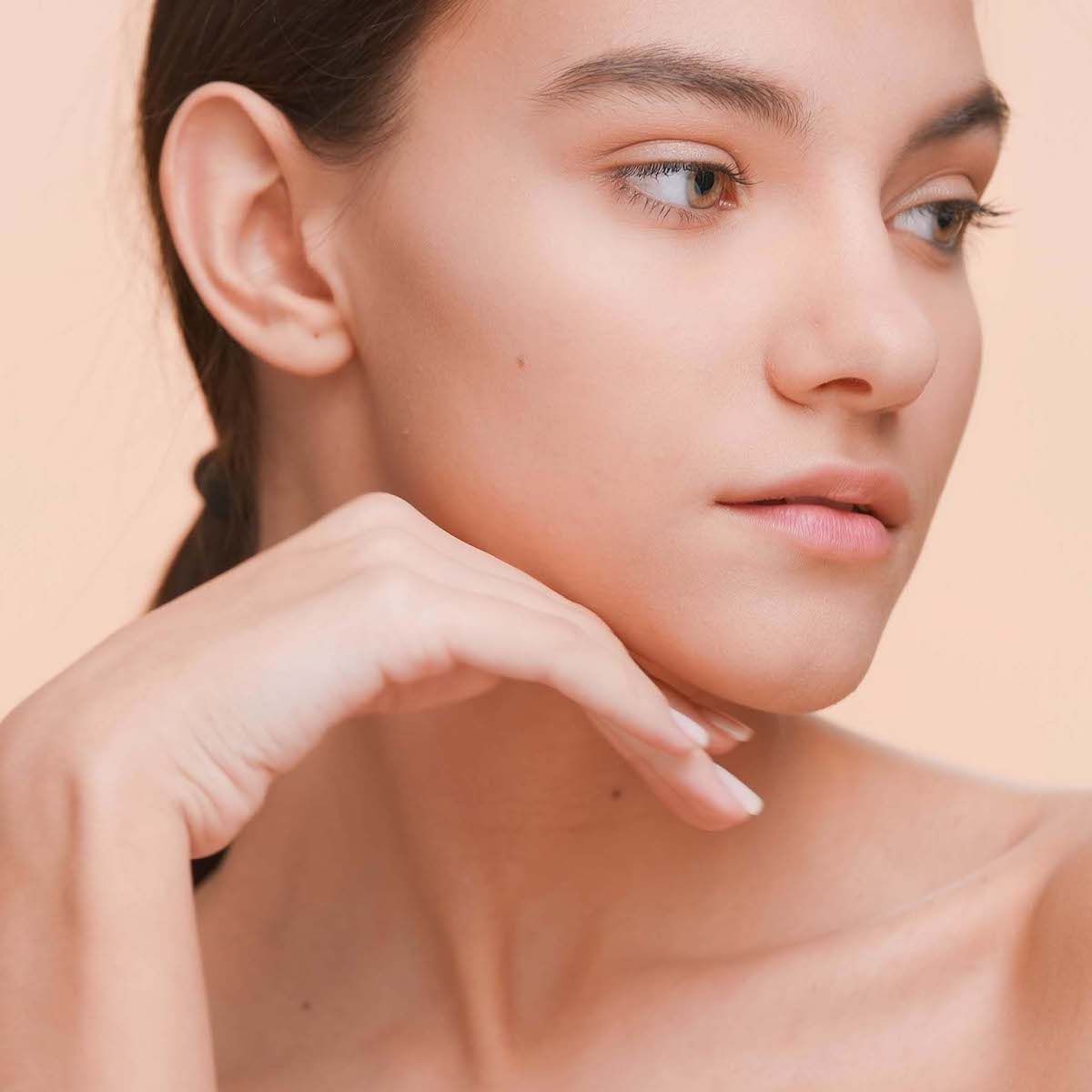
[ad_1]
Despite physical and aesthetic differences between Asian and Western concepts of facial harmony, they still have much in common, writes Dr Lisa Chan.
The shape of the human face has for centuries fascinated great scientists and thinkers. Leonardo da Vinci famously explored the dynamic of facial disharmony and the way disproportionate rather than proportionate elements give a physiognomy its distinctive features.
The Renaissance polymath was way ahead of his time, as ever. Five hundred years on, understanding the science of facial disharmony and Leonardo’s aesthetic ideas are central to the modern art of chin and jawline sculpting.
Those concepts remain true, despite evolving trends and the different demands of a people less familiar to Leonardo – Asians, with their more receded chins and less prominent profiles than those of Caucasians. Today, Asian women tend to want a less-rounded lower face with a subtly angled jawline and a smaller, contoured chin. Men, by contrast, want a chiselled masculine jawline and a wider, squarer chin.
Changing fashions drive changing demand, however, and the rising influence of K-Pop has generated fresh perspectives on male beauty, fuelling the popularity of botulinum toxin for face and jawline slimming.
Trailblazing Korean male celebrities have prepared the way for a new Renaissance Man for 21st-century Asia with softer, more feminine features, whiter, paler skin and a face that’s comfortable wearing make-up. Popular treatments include the injection of dermal fillers using hyaluronic acid or calcium hydroxyapatite for chin augmentation, adjusting its length, width or protrusion, and jawline enhancement.

Four key considerations determine the best approach to procedures of this kind, with Leonardo’s enlightened thinking about the contours of the human face at their heart:
THE RULE OF THIRDS
A face is considered to be aesthetically balanced under the rule of thirds when it can be divided into three horizontal sections of equal size – from the chin to the nose, from the bottom of the nose to the brow, and from the brow to the hairline. A short chin disrupts this balance and can be addressed by using fillers to lengthen the chin. Fillers using hyaluronic acid last for between six to 18 months. Fillers with high viscosity and cohesivity give a more defined shape and a longer-lasting result.
RICKETTS’ AESTHETIC PLANE
A simple test with a pen devised by American orthodontist Dr Robert Ricketts can establish whether a profile is in harmony. The ideal projection of a face is when a pen touches the tip of the nose, the lower lip and the chin. If it doesn’t touch the chin, fillers can create a stronger, more prominent chin to make the face more proportionate.
MASCULINISING AND FEMINISING THE CHIN
The male chin is larger than that of the female; the ideal male chin is the same width as the mouth. In movies and Western popular culture, men have a wide, sharply defined jaw and a wide, flat chin. The ideal female
chin, by contrast, is narrower and softer, sloping gently from the ear to a thin point. Masculinisation and feminisation techniques can be applied to the jawline and chin, with botulinum toxin for narrowing and dermal fillers, such as for widening the jawline and increasing the definition of the chin, as well as flattening, enlarging or modifying its shape.
CREATING A MORE DEFINED JAWLINE
An undefined jawline can be caused by the presence of excess fat under the chin, known as a double chin. This fat can be reduced with deoxycholic acid. Non-surgical treatment with polydioxanone code threads can also be placed around the jowls to tighten loose skin. The threads are fully absorbed and usually last for one year.
[ad_2]
Source link